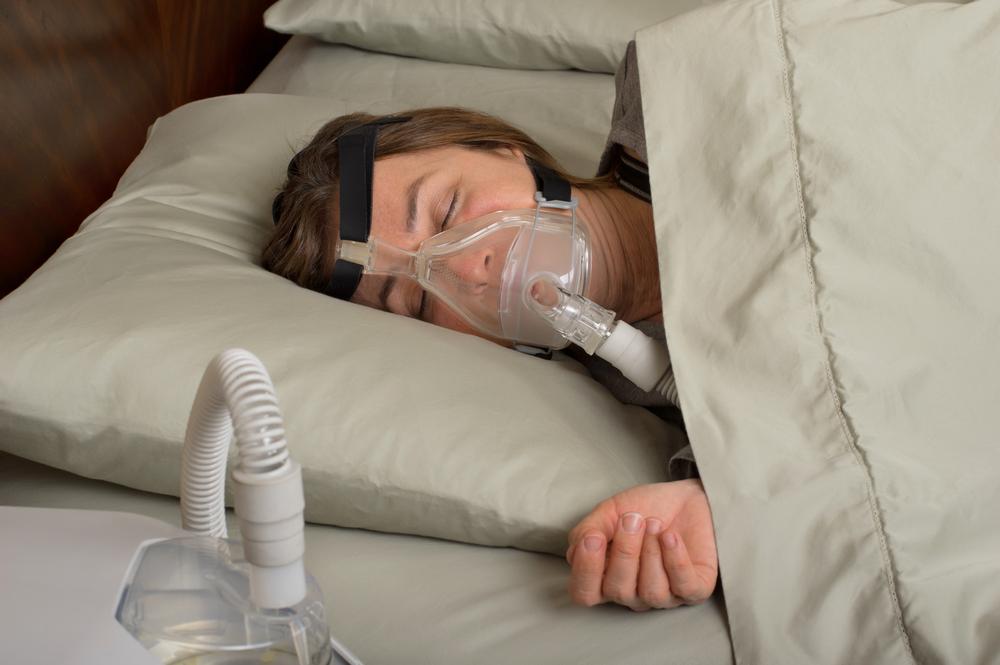
Effective Treaments for Sleep Apnea and Snoring
Sleep apnea is a sleep disorder that has significant health concerns yet is significantly under diagnosed. In fact, many folks living with sleep apnea are now even aware they have a chronic sleep disorder. A person with this sleep disorder will likely snore, feel tired even after sleeping the entire night, and most concerning, will repeatedly stop breathing many times throughout the night. Sleeping cessation occurs when the throat muscles relax, or when one’s brain fails to send the correct signals to the system that controls breathing. Other symptoms include gasping for air when sleeping, dry mouth upon waking up, morning headaches, and trouble staying awake during the day. It is often another person who notices the symptoms, such as a roommate or spouse.
Undiagnosed sleep apnea increases the risk of high blood pressure, heart attack, stroke, type 2 diabetes, liver issues, and causes complications with medication and surgery when general anesthesia is required. A professional sleep study is often required to diagnose sleep apnea properly. Fortunately, there are several sleep apnea treatments available, including:
1. Positive airway pressure devices
Continuous positive airway pressure machines (or CPAP), bilevel positive airway pressure, and variable positive airway pressure devices consist of a breathing mask that fits over the mouth and nose. It supplies pressurized air so the airway is always open, ensuring that there are no incidents of breathing cessation. CPAP machines are the most common treatment and are typically the first form of treatment doctors prescribe.
2. Upper airway stimulation
This treatment is used for persons who do not have success with the positive airway pressure devices. This approach uses a small generator combined with a breathing sensor and a stimulation sensor connected to a handheld remote. It is turned on when going to bed. Through the night the system continually monitors breathing during and hen needed, it gives stimulation to the airway so it stays open.
3. Oral devices
These devices are worn in one’s mouth while sleeping. They work by keeping the lower jaw forward so that the airway is kept open. These can also be used in conjunction with some airway pressure devices. There are many types of oral devices. A dentist typically customizes the right appliance for every person.
4. Weight loss
Approximately 70% of people with sleep apnea are also overweight. When one loses weight, sleep apnea improves and can be eliminated completely. Doctors may prescribe weight loss medication to aid in weight loss.
5. Surgery
Surgery is a last resort when it comes to sleep apnea treatments. It has been shown to be more effective for snoring than for sleep apnea. Surgeons often have difficulty determining what part of the airway is involved in the obstruction, thus, surgery is not always effective.


